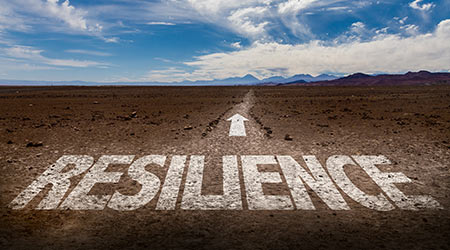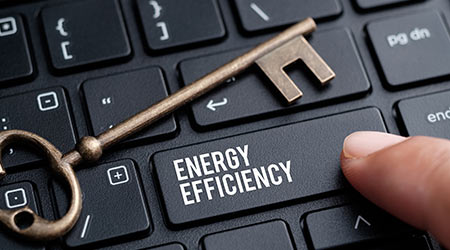
Resilience Becomes Increasingly Vital, Can Save Cities Billions
March 1, 2018
Resilience, at its core, means that a facility not only survives a disaster, but can be up and running soon after. Whether for a cancer hospital, school facility that shelters other victims of a disaster, or data center that stores critical information, there’s no question that resilience is becoming an increasingly vital competency for facility managers. The recent hurricanes, floods, and wild fires all over the country only underscore this point, as climate change continues to contribute to more extreme weather.
In many cases, resilience strategies complement other facility initiatives, perhaps most notably sustainability. In a recent cover story for Building Operating Management, we looked at many of these strategies. Some are obvious: a facility that is energy efficient can operate for much longer on back-up power than one that uses more energy. As well, renewable energy like solar both saves cost on energy for the facility, but also can mean a building — or at least some functions of a building — can continue to operate if the grid goes down.
Smart surfaces — porous and reflective pavement and green roofs – are another example. These surfaces can help manage stormwater, reducing the possibility of floods. They also mitigate the urban heat island effect, resulting in wide spread cooling savings, and breaking the feedback loop of more electricity required city-wide, and therefore more greenhouse gases from electricity production, and therefore more climate change.
A new report, “Delivering Urban Resilience,” by Greg Kats of Capital-E, and based on 15 years of support and research by 15 organizations, including U.S. Green Building Council, American Institute of Architects, the National League of Cities, the National Housing Trust, the Chesapeake Bay Foundation and The JPB Foundation, shows that investment in resilient “smart surface” technologies is extremely valuable. According to the report, “the net present value of deploying the smart surface solutions analyzed in this report would be large: $540 million for El Paso, $1.8 billion dollars for Washington, D.C., and $3.5 billion for Philadelphia.”
Those are pretty hefty numbers for deploying large-scale resilience strategies. And of course, they have the added benefit of being green, sustainable, high-performance strategies as well. Like many sustainability strategies, the benefits accrue both to the individual facility, but also the community at large. That should be something any facility manager can get behind.
This Quick Read was submitted by Greg Zimmerman, executive editor, Building Operating Management. Read his cover story profiling Northwestern University’s vice president of facilities management, John D’Angelo.
Next
Read next on FacilitiesNet












